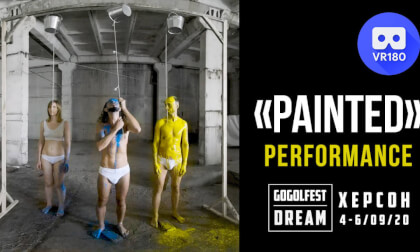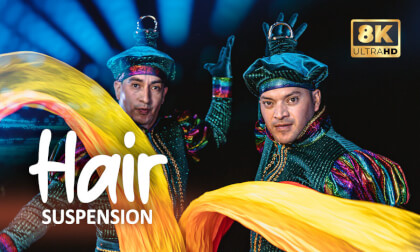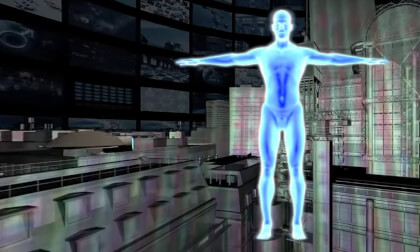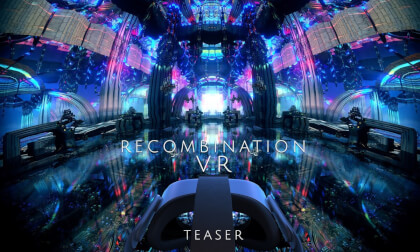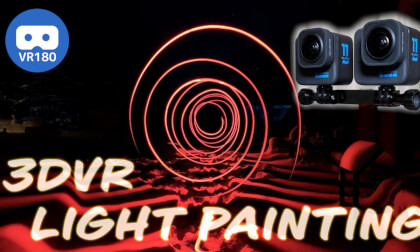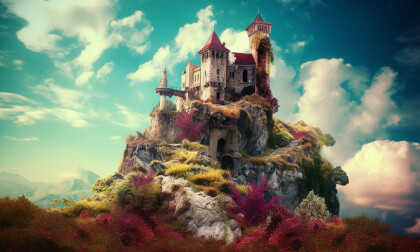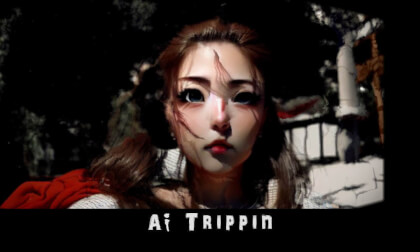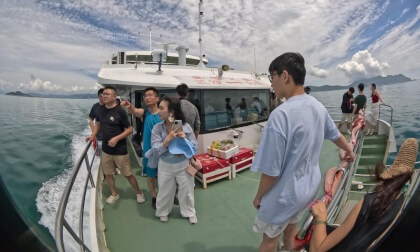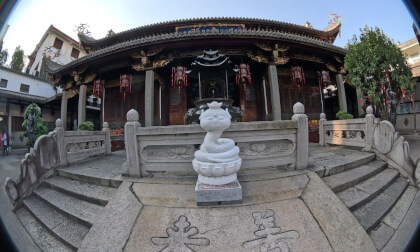Motion Warning. This video includes abrupt camera movement or other effects. Stop viewing immediately if you feel discomfort.

New: AI passthrough!
This amazing Deo feature uses the power of AI to turn every VR scene into AR passthrough! Now you can take characters out of VR and have them right there with you - as if they were in the same room.
Notice: AI Passthrough is presently in beta mode, and as such, users may encounter occasional service imperfections. The feature is currently exclusive to the DeoVR app, but it will soon be accessible on both browsers and mobile devices. Your feedback is highly encouraged and appreciated.
Recommended headsets:
Meta Quest 3, and Quest Pro with stereoscopic color passthrough, Pico 4 (monoscopic color passthrough).
Compatible headsets:
Quest 2, Valve Index (monoscopic black and white passthrough).
Passthrough is not compatible yet for Oculus Link cable.
Check out our complete guide to passthrough and join in the discussion at our busy forum.
The church was originally built in 1864 (the third year of Tongzhi reign in the Qing Dynasty) and was rebuilt in 1933 (the 22nd year of the Republic of China). It covers an area of 8,400 square meters with a construction area of 1,253.7 square meters, featuring a Gothic architectural style. Designed by a Frenchman, the church combines Gothic and French (Romanesque) architectural styles. It is a brick-wood structure with the outer wall made of blue bricks. The main body of the church is in the shape of a cross, with a pair of arc-shaped side rooms. Inside the church, it has a basilica-style three-aisle layout. At the north end of the main hall, there is a bell tower over 20 meters high, with a nearly 3-meter-high cross on the top. In the past, the chiming of the bell tower could be heard over ten miles away, and it was known as the "Largest Church in Jiangnan".
Inside the church, there are 11 European-style cement pillars with a diameter of about 1 meter standing on both sides. The ceiling is an arched





